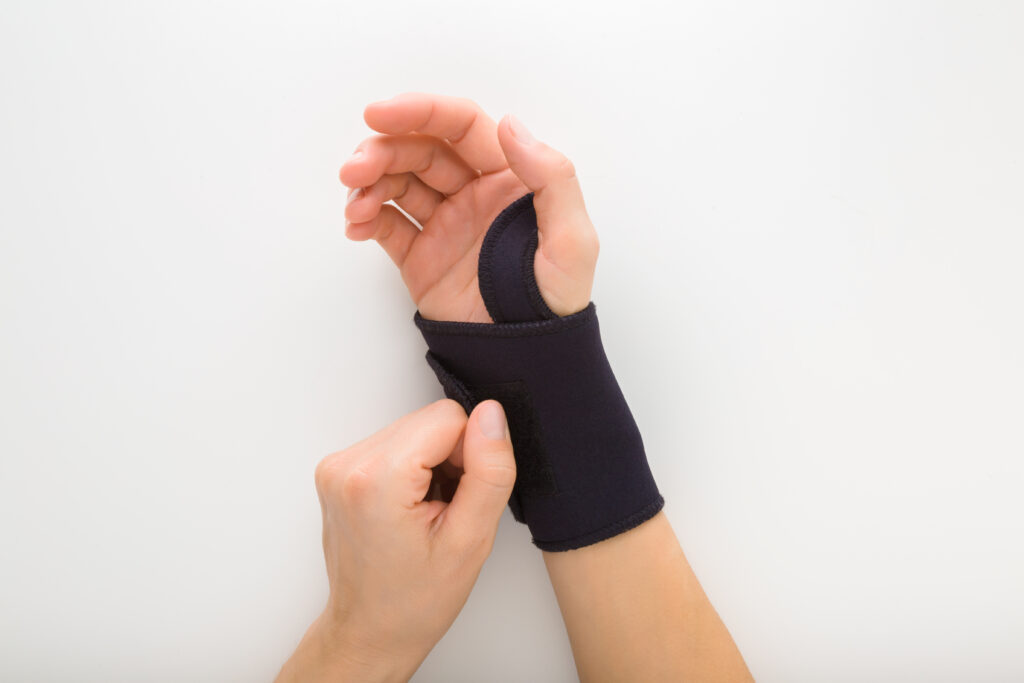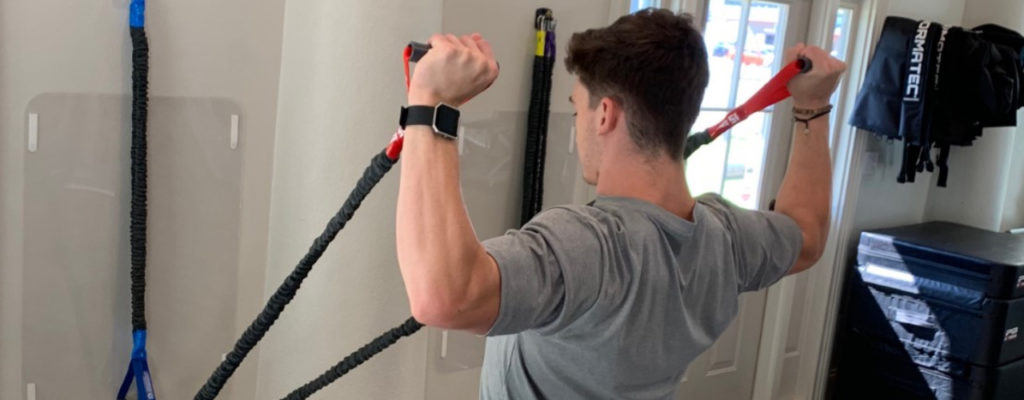Hand and wrist sprains and strains are common injuries that can affect anyone, from athletes to office workers. These injuries can result from sudden impacts, repetitive movements, or overuse, leading to pain, swelling, and limited mobility. Preventing and treating these injuries is essential for maintaining hand and wrist health, ensuring that daily activities and work tasks can be performed without discomfort.
Understanding Hand and Wrist Sprains and Strains
Sprains involve ligament injuries, which are the bands of tissue connecting bones at joints. A sprain occurs when these ligaments are stretched or torn. Strains, on the other hand, involve injuries to muscles or tendons, which connect muscles to bones. Both conditions can cause significant discomfort and impact your ability to use your hands and wrists effectively.
Causes of Hand and Wrist Sprains and Strains
Sprains and strains can result from various factors, including:
- Sudden Impact: Falls or direct blows to the hand or wrist can cause ligaments or muscles to stretch or tear.
- Overuse: Repetitive movements, such as typing or playing sports, can lead to overuse injuries, causing strain on muscles and tendons.
- Improper Technique: Using poor techniques in sports or during physical activities can increase the risk of sprains and strains.
- Lack of Warm-Up: Not warming up before engaging in physical activity can leave muscles and ligaments more vulnerable to injury.
- Weak Muscles: Weakness in the muscles around the wrist and hand can increase the likelihood of injuries.
Wrist and Hand Injury Prevention Strategies
Preventing sprains and strains involves a combination of proper techniques, conditioning, and protective measures.
Warm-Up and Stretch Your Hands and Wrists
- Always warm up before engaging in physical activity to increase blood flow to the muscles and ligaments.
- Stretch the muscles in your hands and wrists to improve flexibility and reduce the risk of injury.
Hand and Wrist Strengthening Exercises
- Perform exercises to strengthen the muscles around your hands and wrists. This can include wrist curls, grip strengthening, and finger stretches.
- Use resistance bands or light weights to add intensity to your exercises.
Proper Hand and Wrist Technique
- Use proper techniques when performing activities that put stress on your hands and wrists. This is especially important in sports and repetitive tasks.
- Consult a coach or trainer to ensure you are using the correct form and technique.
Ergonomic Adjustments for Your Wrists and Hands
- Make ergonomic adjustments to your workspace, such as using a keyboard with wrist support or adjusting the height of your desk and chair.
- Take regular breaks to avoid overuse injuries, especially if you perform repetitive tasks.
Wrist and Hand Protective Gear
- Wear protective gear, such as wrist guards or braces, during activities that pose a risk to your hands and wrists.
- Ensure the gear fits properly and provides adequate support without restricting movement.
Hand and Wrist Injury Treatment Options
If you do experience a sprain or strain, early treatment is crucial for a quick recovery. Here are some effective treatment options:
Rest and Immobilization of the Hand and Wrist
- Rest the injured hand or wrist to prevent further damage. Avoid activities that cause pain or require the use of the injured area.
- Use a brace or splint to immobilize the area and provide support.
Ice Therapy for the Wrist and Hand
- Apply ice to the injured area for 20 minutes every 2-3 hours during the first 48 hours to reduce swelling and pain.
- Use an ice pack or a bag of frozen vegetables wrapped in a cloth to avoid direct contact with the skin.
Hand and Wrist Compression Treatment
- Use an elastic bandage to compress the injured area. This helps reduce swelling and provides support.
- Be careful not to wrap it too tightly, as this can impede circulation.
Elevation for the Wrist and Hand
- Elevate the injured hand or wrist above heart level to reduce swelling.
- Use pillows or cushions to keep the area elevated, especially while sleeping.
Hand and Wrist Pain Relief
- Over-the-counter pain relievers, such as ibuprofen or acetaminophen, can help manage hand and wrist pain and reduce inflammation.
- Consult your doctor before taking any medication, especially if you have underlying health conditions.
Physical Therapy for the Hand and Wrist
- Once the initial pain and swelling subside, engage in physical therapy to restore strength and flexibility.
- A physical therapist can provide a tailored exercise program to help you recover fully and prevent future injuries.
Hand and Wrist Medical Intervention
- If the injury is severe or does not improve with home treatment, seek medical attention. You may need imaging tests, such as X-rays or MRIs, to assess the extent of the injury.
- In some cases, surgery may be required to repair torn ligaments or tendons.
Preventing and treating sprains and strains in the hands and wrists is essential for maintaining mobility and function. By understanding the causes, implementing preventive strategies, and following effective treatment options, you can minimize the risk of these common injuries and ensure a swift recovery if they do occur. Schedule an appointment with the experts at Evolve Physical Therapy in Baton Rouge today to relive your hand and wrist pain.


